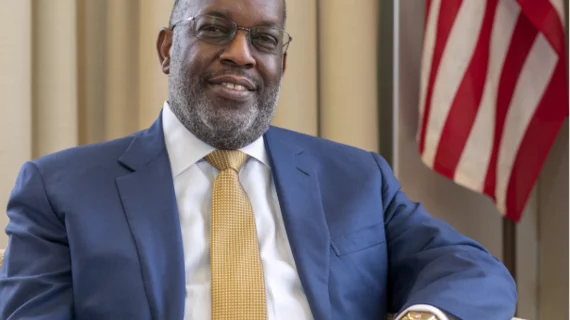Kaiser Permanente CEO and chairman dies
Bernard Tyson, CEO and chairman of California-based not-for-profit health system Kaiser Permanente, died unexpectedly Nov. 10 at age 60.
Tyson passed away in his sleep Sunday morning, Kaiser Permanente confirmed.
“Bernard was an exceptional colleague, a passionate leader, and an honorable man. We will greatly miss him,” board member Edward Pei, chair of the Executive Committee and the Governance, Accountability and Nominating Committee, said in a statement.
The board of directors named Gregory A. Adams, executive vice president and group president, to serve as interim chairman and CEO, effective immediately.
“The board has full confidence in Greg Adams’ ability to lead Kaiser Permanente through this unexpected transition,” Pei said.
Tyson’s death comes at a time when Kaiser Permanente is building a new headquarters in Oakland expected to cost upward of $900 million. The health system also recently named it first ever chief digital health officer this summer and staved off a workforce protest by signing a new contract with its roughly 57,000 unionized workers.

